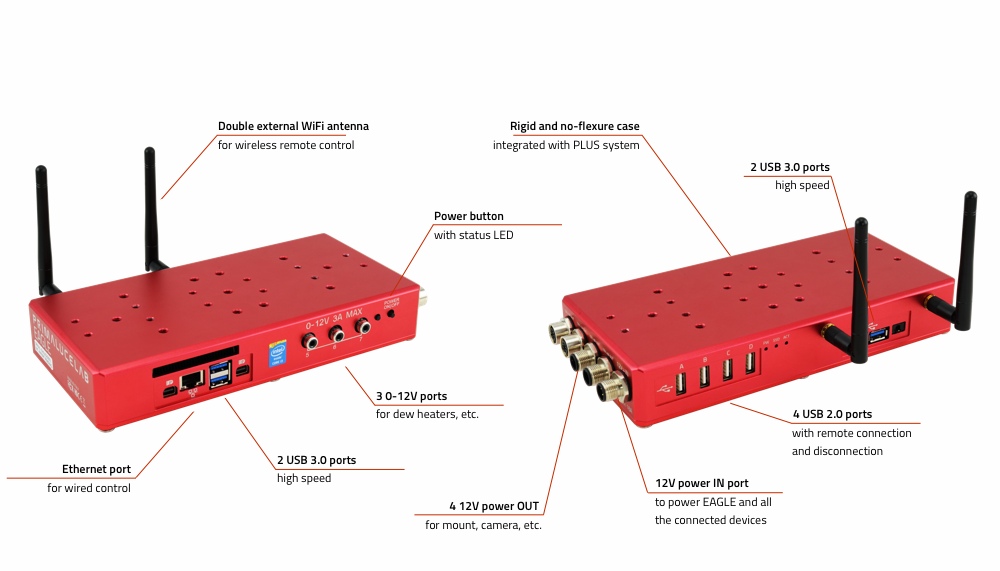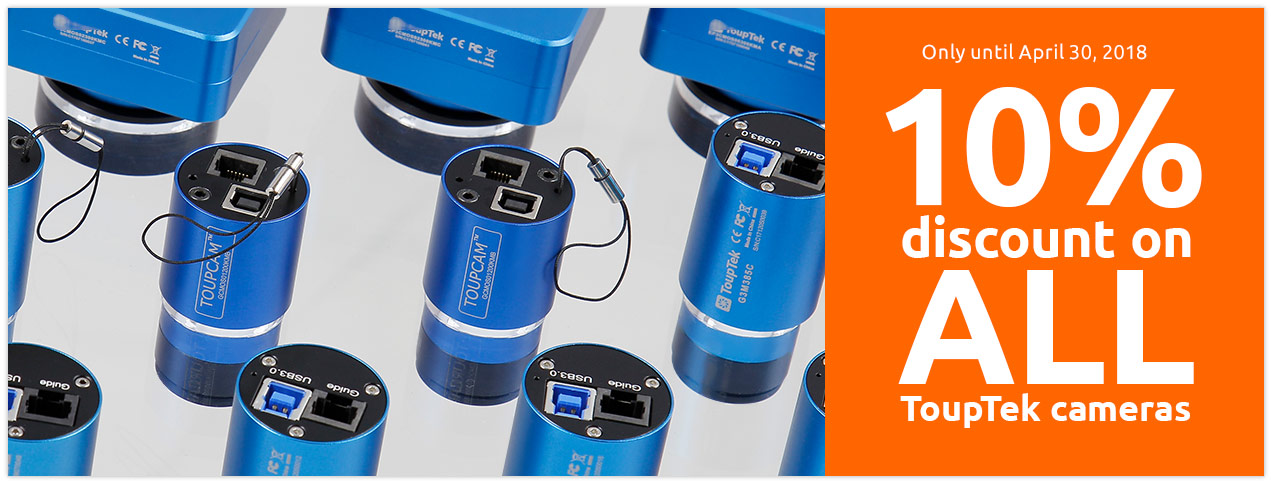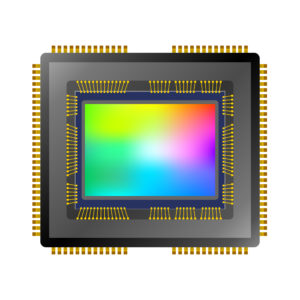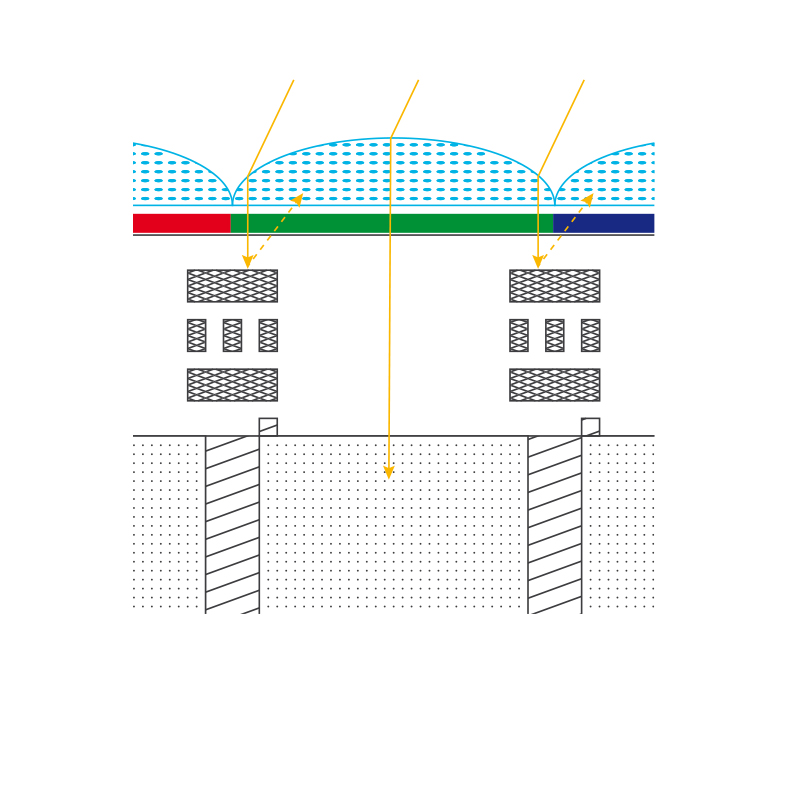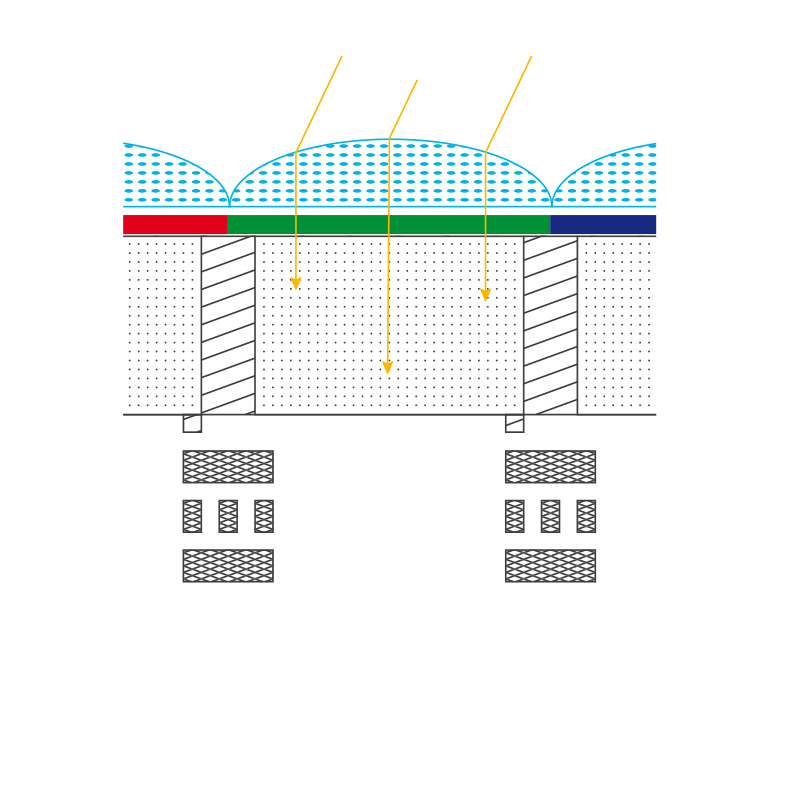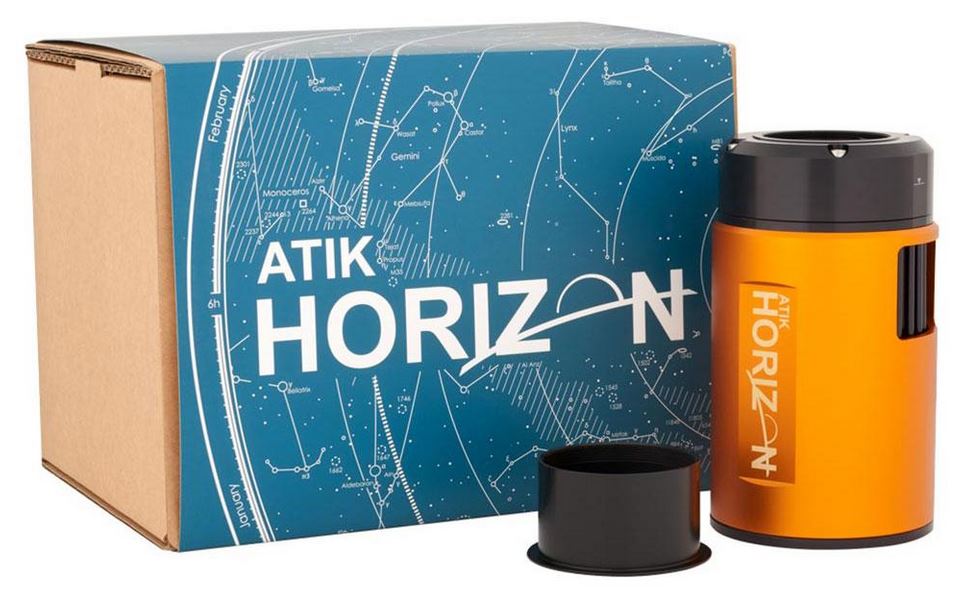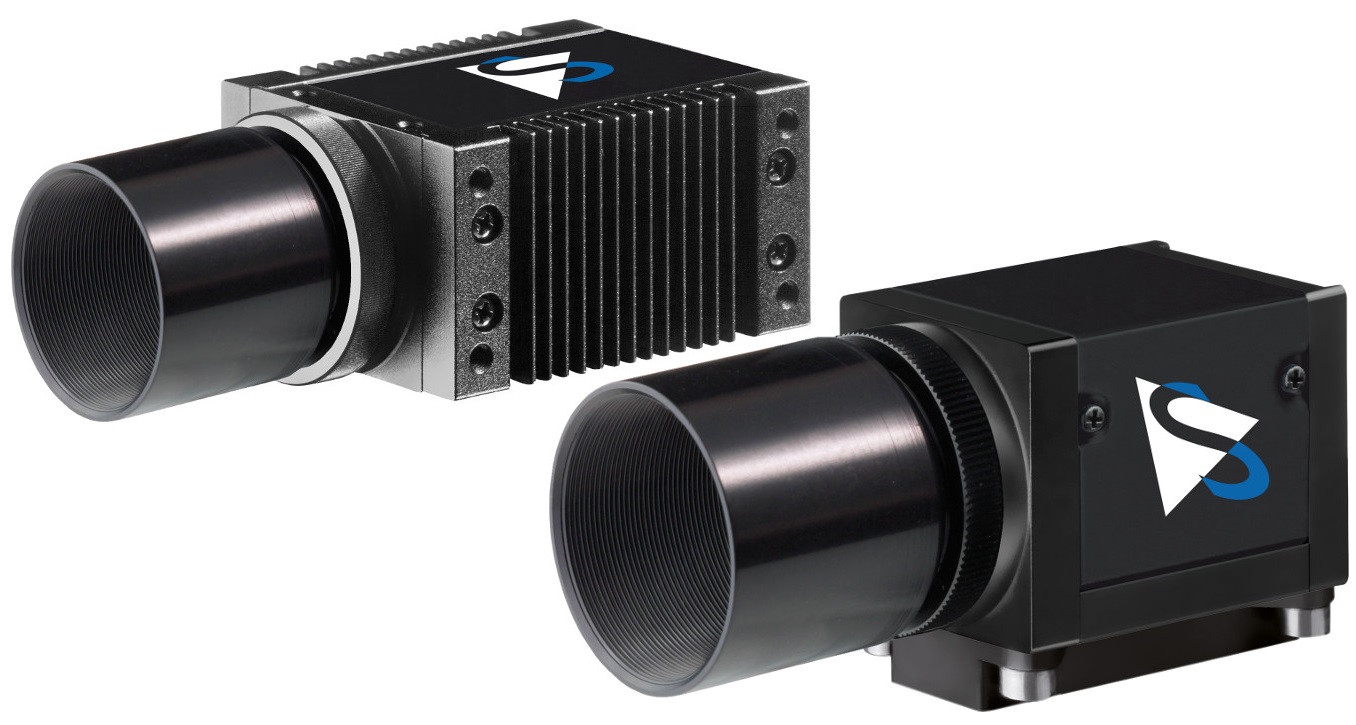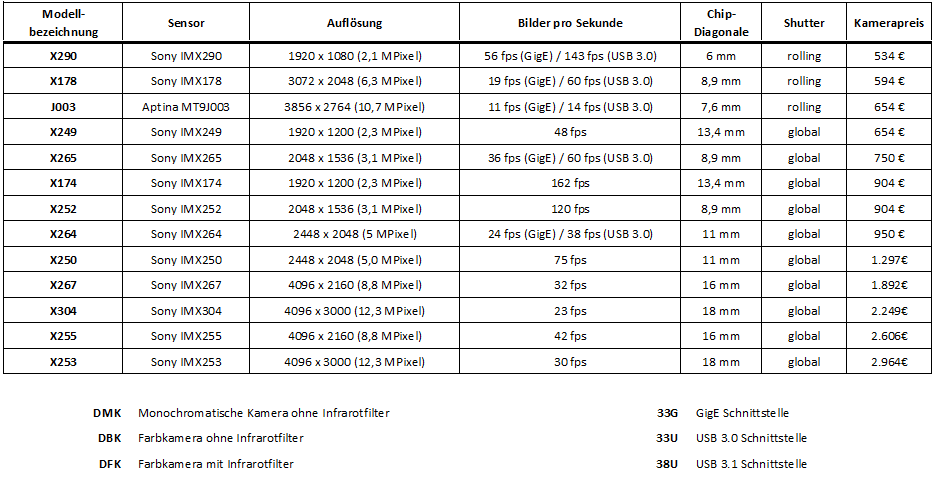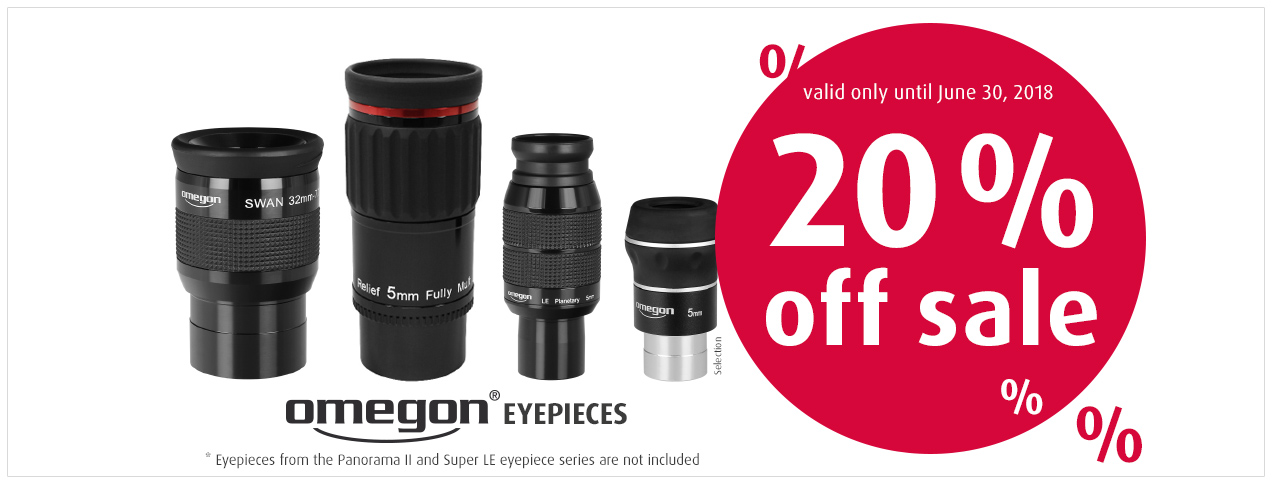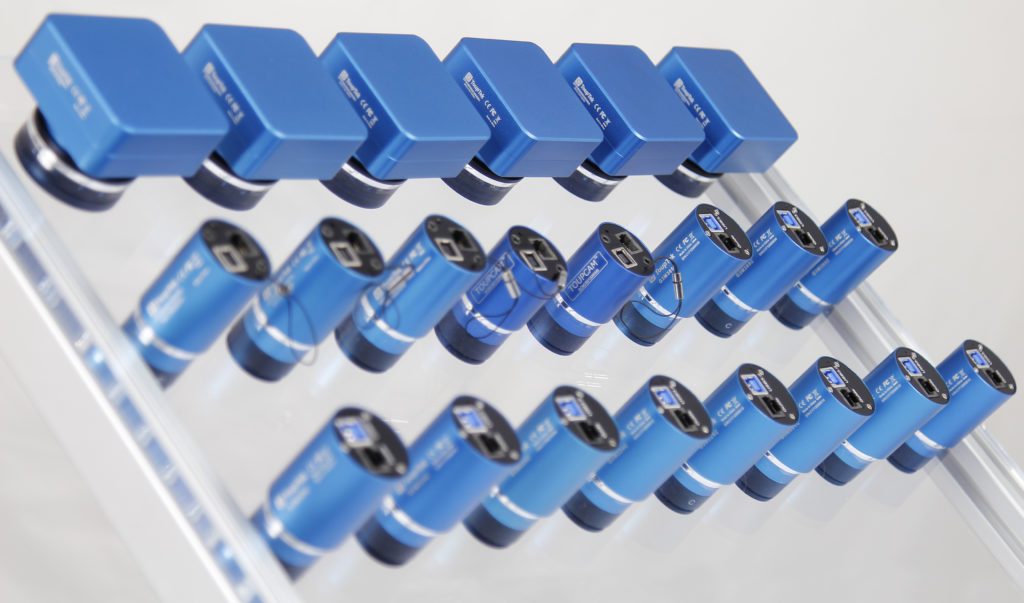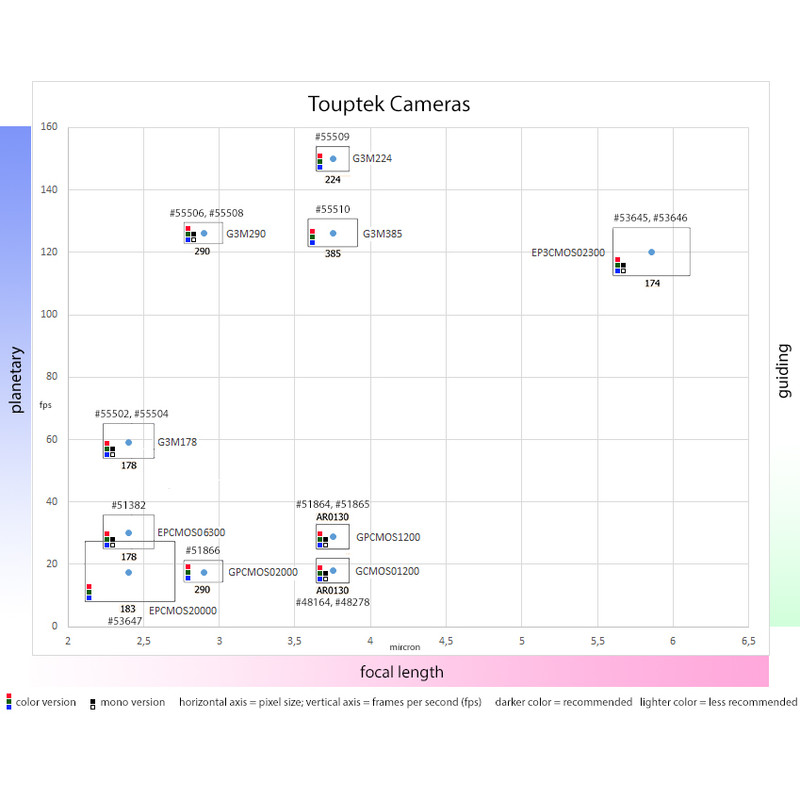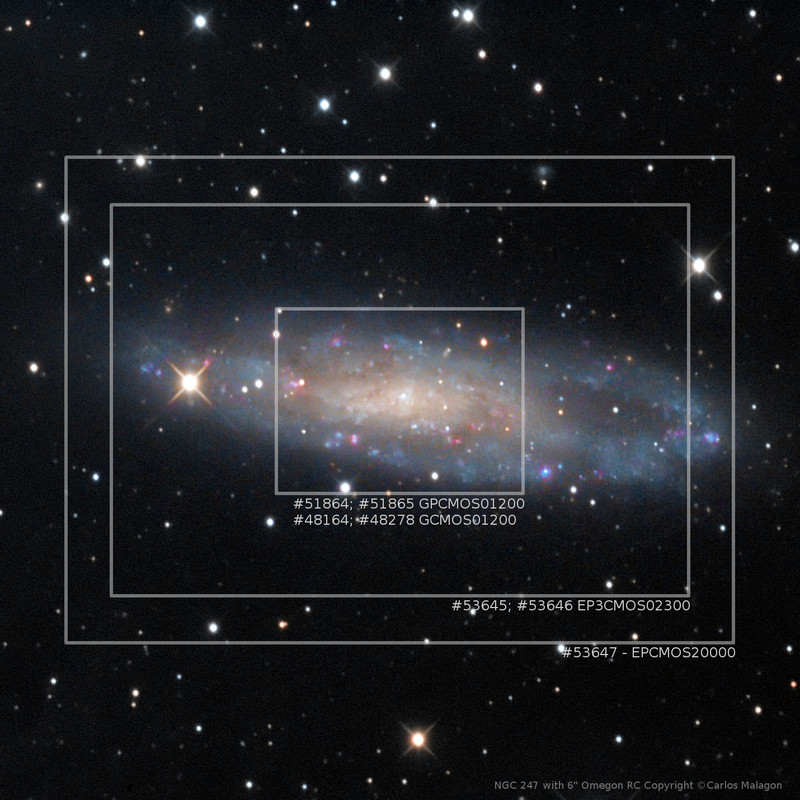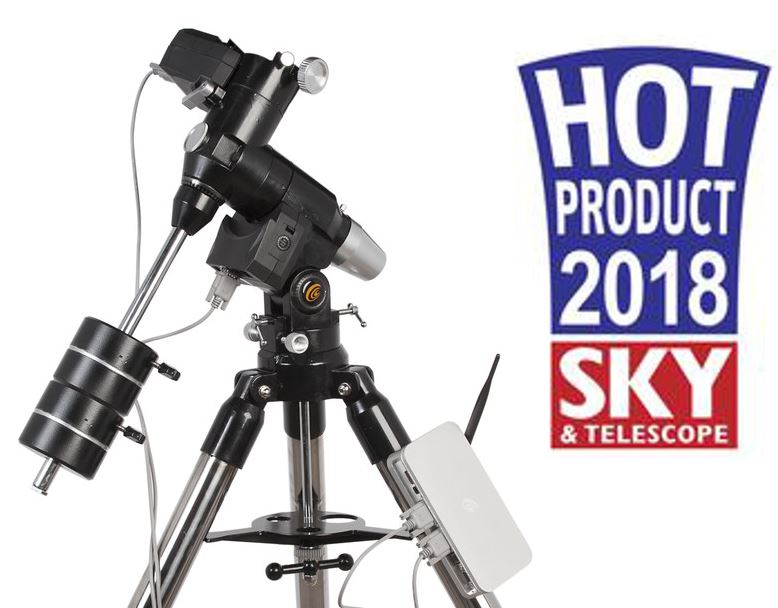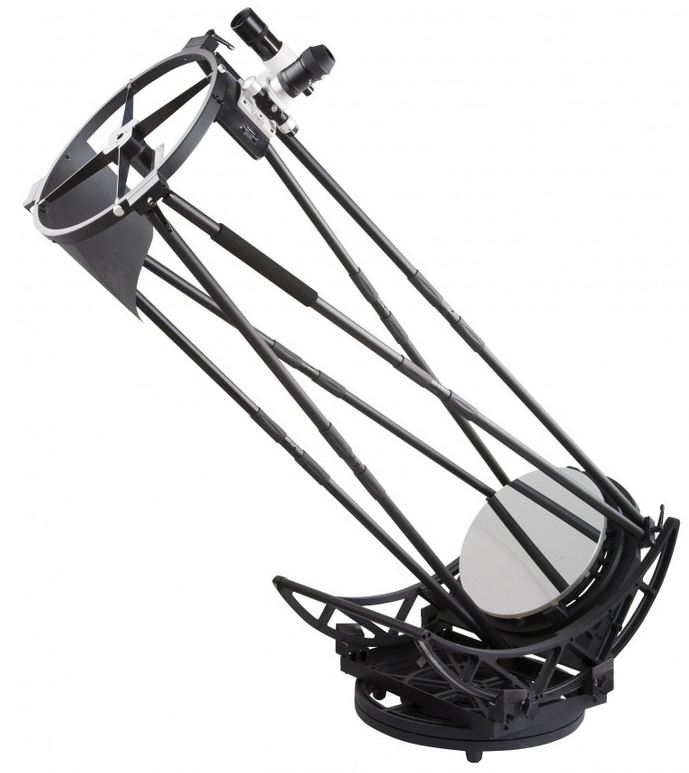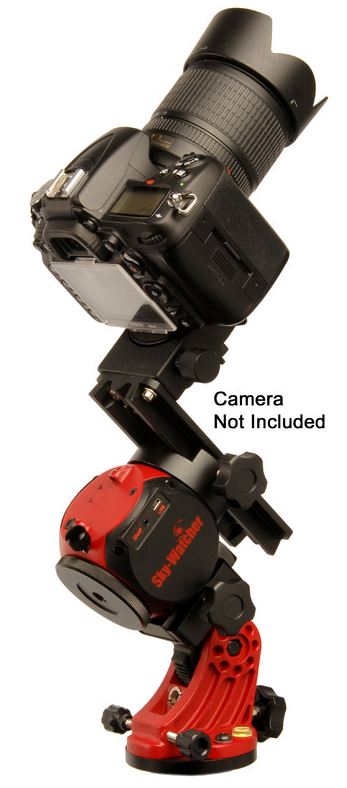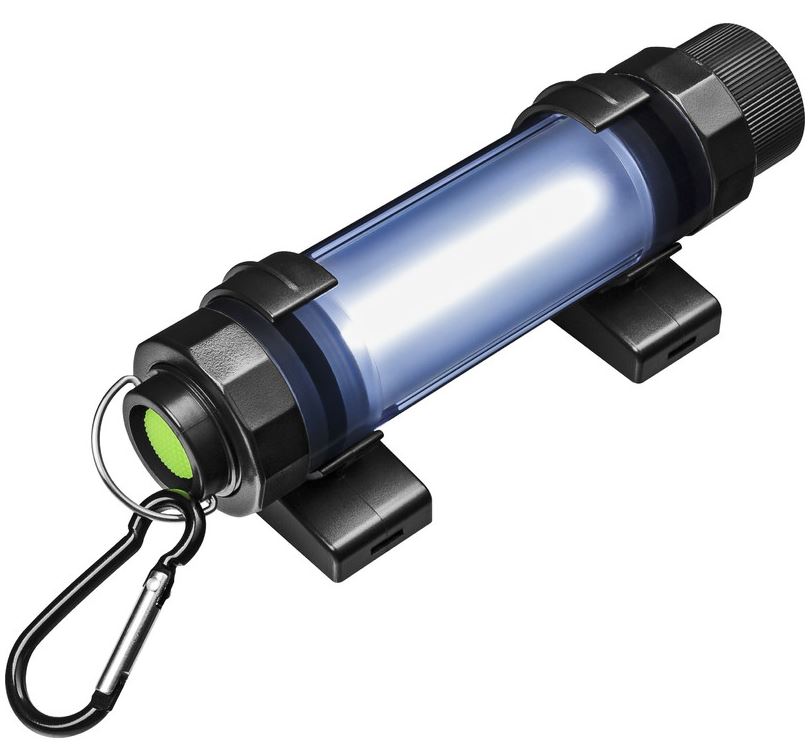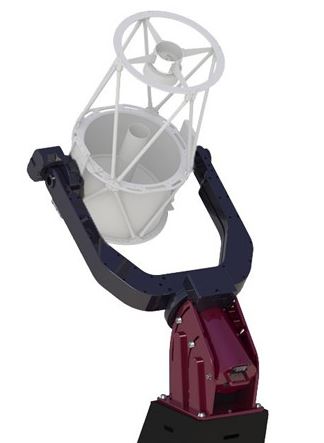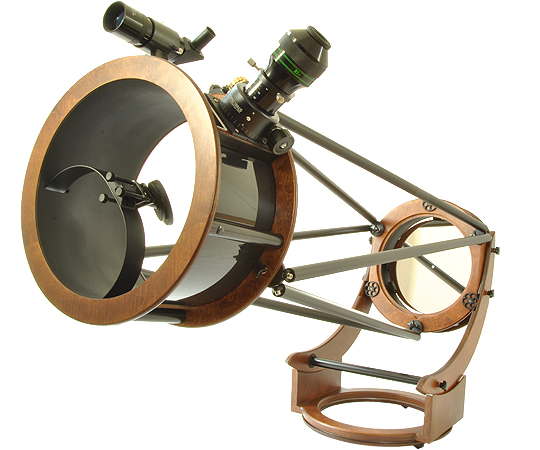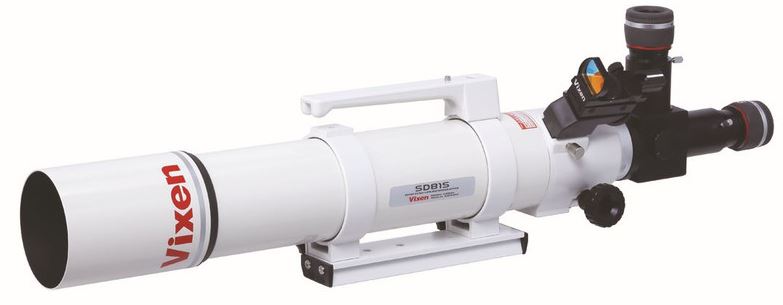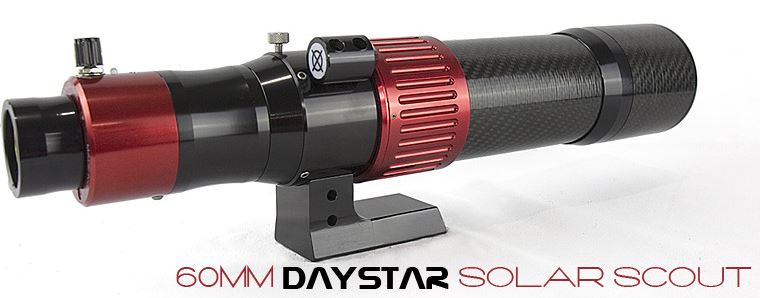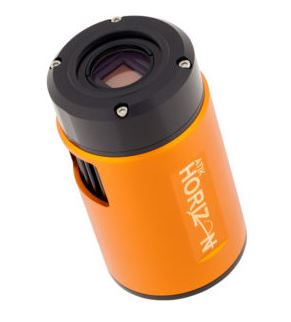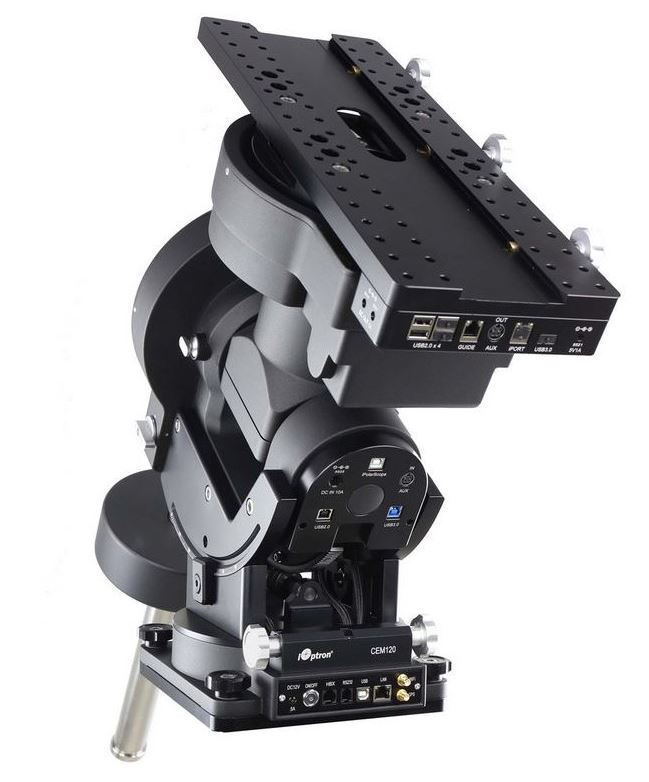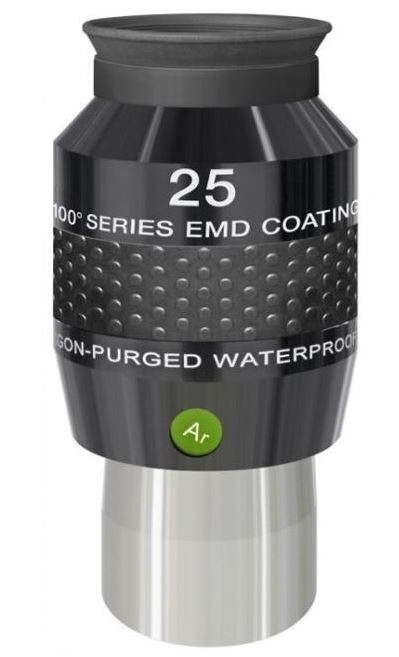With the brand-new models, EAGLE 2 and EAGLE 2 Pro, as well as with the upgraded EAGLE CORE, the innovative Italian company, PrimaLuceLab, is taking astrophotography into the 21st century.
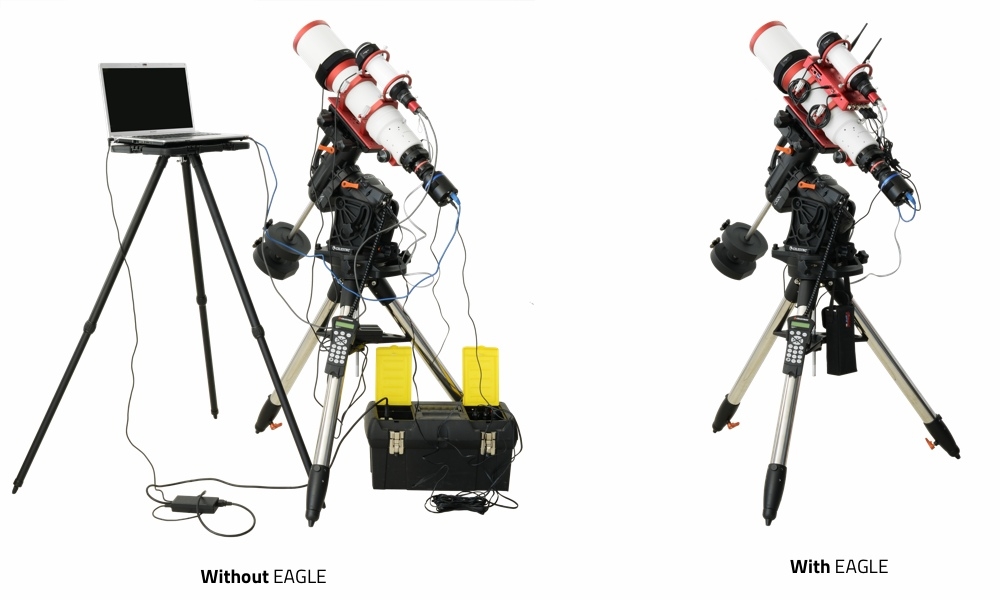
Many astrophotographers use a laptop: to control the wide range of camera equipment, autoguiders and filter wheels and to save the shots you take, a portable computer is essential. All devices must be connected separately to the battery and be connected to each other properly. It takes times and you end up with cables all over the place. When using heater bands, you need ever more controls, and this creates even more cable chaos. This hardly bothers those who have their own small observatory: All the equipment can remain permanently and perfectly set up with ideal cable routes and cable ties, and everything is controlled via a PC that is installed in the observatory.
EAGLE 2 makes this comfort also available to astrophotographers without an observatory! The EAGLE 2 computers are full, high-performance Windows 10 computers on which you can install any software, just like a PC. Using USB connectors, cameras, mounts and autoguiders can be connected to the EAGLE 2, and it also features 12V outputs to supply the power for mounts, camera cooling systems and heating bands. The power supply of all the equipment operates like that via EAGLE 2 and can be set and controlled. A compact battery with just one single 12V direct current output is now all that’s needed! The EAGLE 2 is not just another device that takes up extra time every night to set up and for all the cables to be connected. It has many mechanical connection possibilities so it can be permanently connected to your equipment. The idea is to set up the optimum mechanical connection and perfect cabling once, and then carry it as a whole without stumbling or getting tangled up.
The greatest highlight of the entire system is, however, the Wifi capability of the EAGLE 2. From any terminal you want, whether it be your smartphone, tablet and even a Mac, you can control the EAGLE 2 remotely and wirelessly. On the terminal, you’ll see the familiar Windows 10 interface of the EAGLE 2 and can use it like any normal PC.
The pro version of the EAGLE 2 computer is fitted with more working memory, a more powerful processor and a larger hard drive. It is perfectly suited to more CPU-intensive image processing or other advanced application that go beyond simple telescope and camera control. The inexpensive small brother is the EAGLE CORE. There’s no Windows 10 running on this; instead, it has special software for controlling DSLR cameras and autoguiding equipment. So, the EAGLE CORE is the right choice for DSLR astrophotographers who want to use an autoguider without having to take an extra laptop with them.
If you’ve been thinking about buying a new laptop for astrophotography for a while, you really ought to consider the EAGLE 2 computer as an alternative. A permanently installed solution, no messy cables, no problems with power supply and comfortable wireless remote control all speak for themselves!

